Metric values
This video discusses what metric values are and how you can use them in Visual3D. Metric calculations give you a single numerical value that can be analyzed on its own or compared with other metric values.
A series teaching the principles of Visual3D so you can better understand how to achieve your goals.
For more information or to request a topic visit the Visual3D Principles main page.
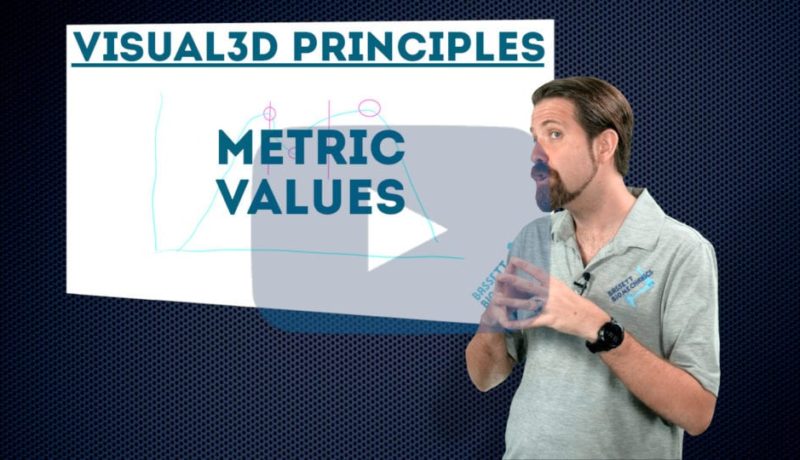
This video discusses what metric values are and how you can use them in Visual3D. Metric calculations give you a single numerical value that can be analyzed on its own or compared with other metric values.

Timing is key to understanding biomechanics. Unfortunately, we cannot rely on subjects to repeat motions at the exact same speed in every trial, or to start at a consistent interval after we start capturing their data. This is why it is so important to understand events and how to use them.
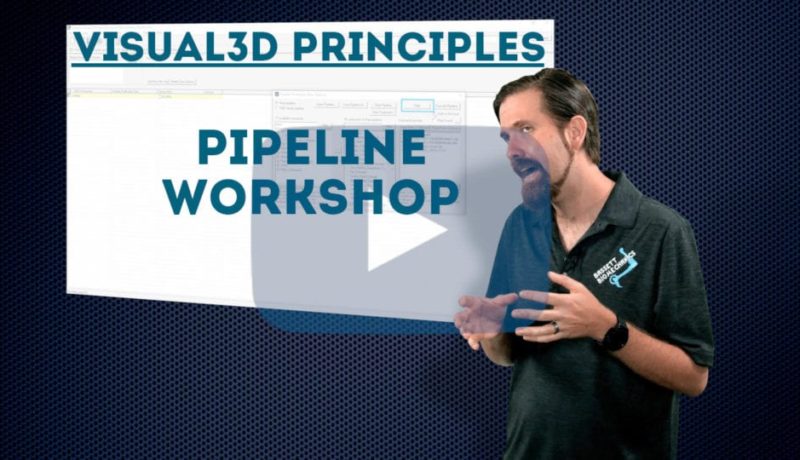
In this tutorial, we focus on the various parts of the Pipeline Workshop so that you can learn the principles of how it works. From finding the right commands to arranging them in the desired order, we show you how to use this interface within Visual3D to automate your data processing.
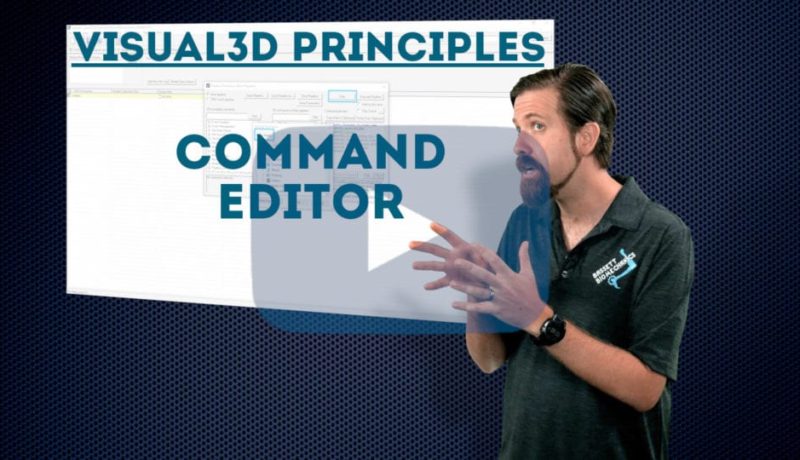
Each command in a Pipeline can be customized to perform the specific task you need it to. In this tutorial, we give an overview of how to make changes to how a command behaves by using the command editor.
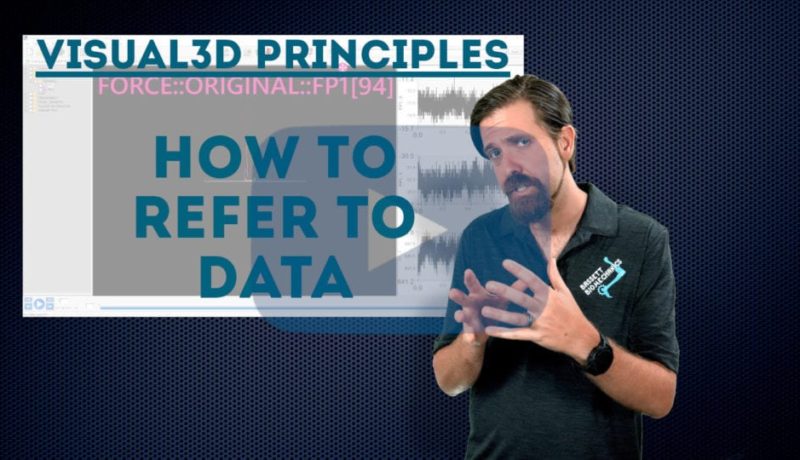
As you develop your pipelines, you will find the need to refer to your data for various operations. In this tutorial, we show you how to write the line that refers to the specific signal in the data structure. We also show you how to refer to the individual components or frames.

Why use pipeline parameters when you can refer to signals or files directly? In this tutorial we talk about some of the reasons pipeline parameters can make a significant difference to your pipelines.
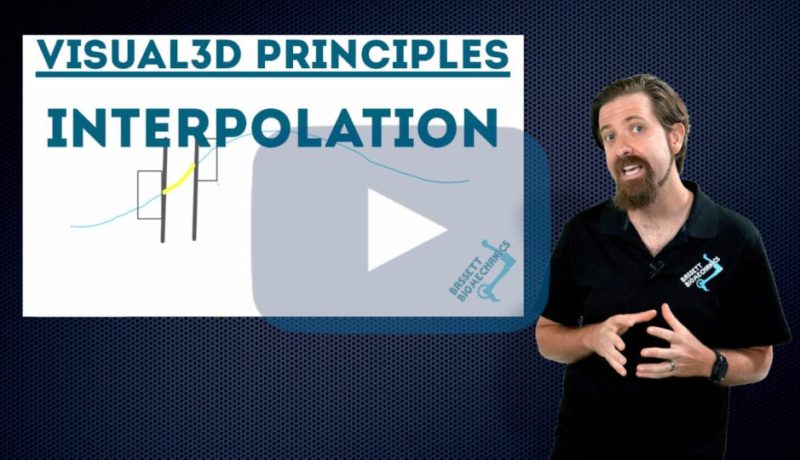
Gaps in motion capture data can happen. Occlusions can be fixed as long as we understand what we are doing. In this tutorial, we talk about what a gap in data is, and ideal ways of fixing them, particularly using the principle of interpolation.

Processing your data is an essential part of obtaining valuable information from your motion capture measurements. Two of the key ways to clean up your data are to use high-pass and/or low-pass filters. In this tutorial, we talk about what these filters actually do. As we touch on high and low-frequency components of a signal, we explain how to remove them using filters.
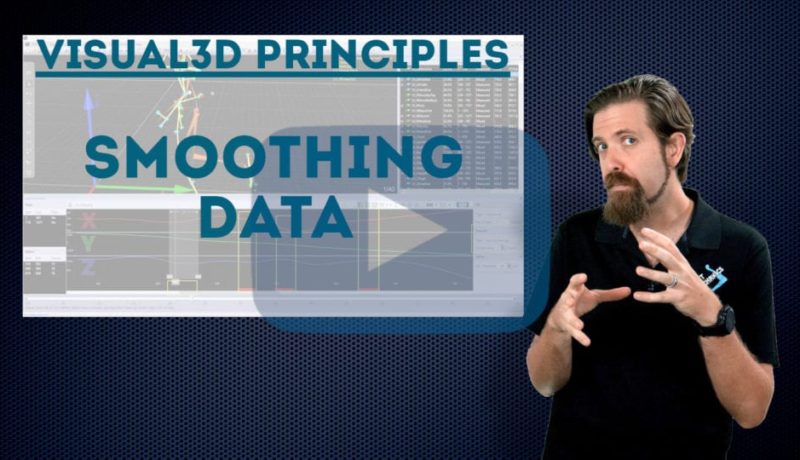
Smoothing data can be necessary as part of your processing workflow. This tutorial discusses some options for smoothing your motion capture data before you export it to C3D format. Moving average and Butterworth filters are both valid options that could be employed, and we go over the differences between them.

Working with EMG data, you will most likely encounter the need to use a Linear Envelope. In this tutorial, we explain what this type of data processing is doing to your signals.